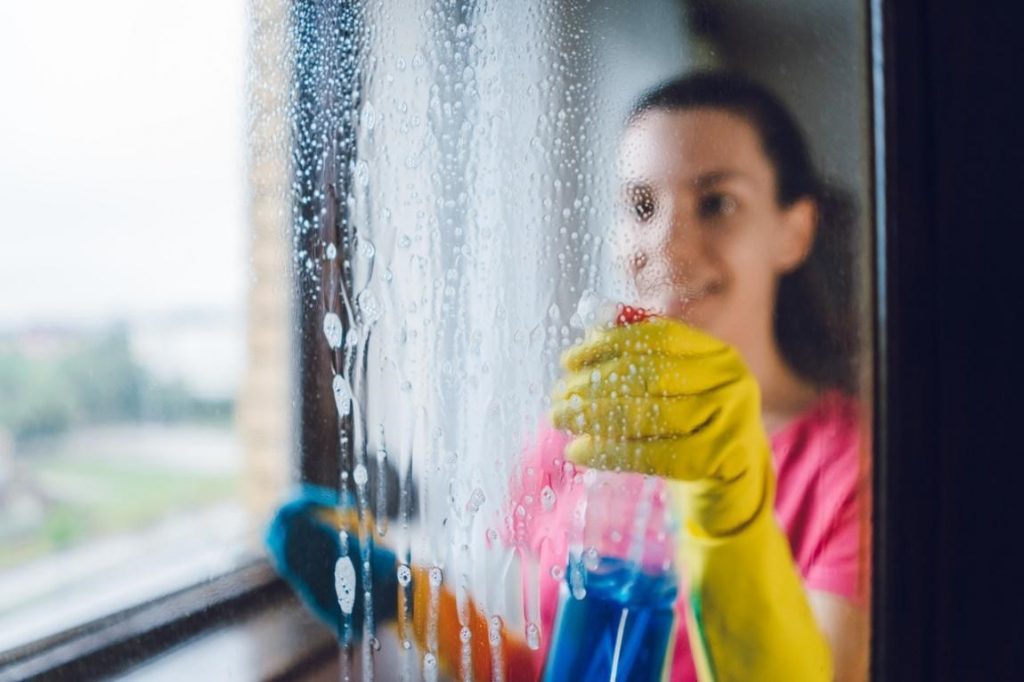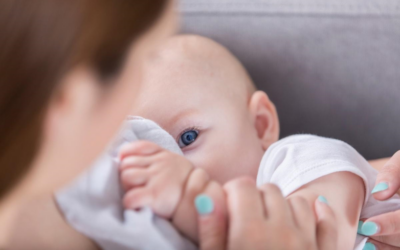Learn how to reduce bacteria and viruses at your home child care facility
As a family day home child care provider, one of your core focuses involves keeping the children in your care safe. Equipment is evaluated carefully before purchase, baby-proofing should be an ongoing process, and supervision is strict to prevent unnecessary accidents. However, it’s easy to let less visible threats lapse, and that’s exactly why you need to reconsider your cleaning and sanitation procedures with a more critical eye.
As cute and sweet as they are, young children are guaranteed to spread germs. Between their lack of familiarity with basic hygiene practices, their exposure to school-age siblings, and the close quarters that your program participants share, illness is inevitable. Eliminate the spread of germs by creating a system of cleaning and sanitizing with solutions that are appropriate for a child care environment.
Methods of cleaning
Every child care program should have a written policy regarding cleaning procedures that include recommendations for the dilution, storage, and safety measures that need to be considered with certain products.
Choosing the appropriate cleaning method for a surface requires an understanding of the different techniques and their intended uses:
- Cleaning involves removing visible dirt or debris with a mild detergent and water.
- Sanitization reduces the number of bacterial contaminants to levels that are safe and is most effective on hard surfaces that have not been contaminated with bodily fluids.
- Disinfecting is the destruction of pathogens and other microorganisms on surfaces.
How to clean
There are different approaches to cleaning depending on the material:
- Hard surfaces must be cleaned with a mild detergent and water before the disinfectant is applied. Once that step is completed, submerge or soak the surface with a disinfectant, and allow it to air-dry.
- Any soft furniture or play equipment used by young children should have a removable cover for laundering. Soiled linens, soft items, and plush toys should be washed in hot water between 140 and 160 degrees Fahrenheit and dried on the highest heat setting for proper cleaning or disinfecting.
- Cleaning a carpet or upholstered furniture requires you to use absorbent material to remove visible debris and then steam clean at 158 degrees Fahrenheit for five minutes or 212 degrees Fahrenheit for one minute.
To bleach or not to bleach
Bleach is a popular, effective, and affordable way to eliminate most bacteria and viruses. However, it’s important to follow recommended dilution guidelines for specific surfaces and to keep the following precautions in mind:
- Dilute and disinfect in a well-ventilated area to prevent the adverse effects associated with prolonged exposure.
- Never combine bleach with acids such as vinegar or ammonia (an ingredient in many glass cleaners). Mixing these substances creates toxic gases.
- Wear personal protective equipment; bleach is corrosive and can irritate your skin, eyes, and respiratory tract.
- Use a pump or pour system of delivery to prevent aerosolizing bleach by spraying.
- Prepare bleach solutions daily instead of in advance.
- Discard open bottles of chlorine bleach after 30 days.
- If bleach splashes onto the nose, eyes or mouth, immediately flush the area with water.
If you choose not to use bleach in your program, select a bactericidal agent registered with the Environmental Protection Agency and note that this is different from a bacterial static agent. Educate yourself on the specific bacteria and viruses the cleaning agent kills; this information should be listed on the bottle or package insert. For more information on proper dilution, and cleaning recommendations in general, refer to this Family Child Care Toolkit.
Another important step to prevent the spread of germs involves proper handwashing techniques for both caregivers and children. Enforcing a wellness policy about keeping sick children at home is also essential.
As a child care provider, it’s natural to have a genuine concern for the children under your supervision and to want all of them to be as healthy, happy, and comfortable as possible. As a business owner, you need to protect yourself and your customers from preventable illnesses while maintaining a professional environment. Create a written set of procedures to establish a policy that includes cleaning, sanitizing, and disinfecting your child care business, and take pride in providing the safest space possible for the children that you watch.
The Virginia Infant & Toddler Specialist Network helps improve the quality of care for infants and toddlers through extensive resources, services, and education for caregivers. Learn more about how we can help you improve the standard of care.




